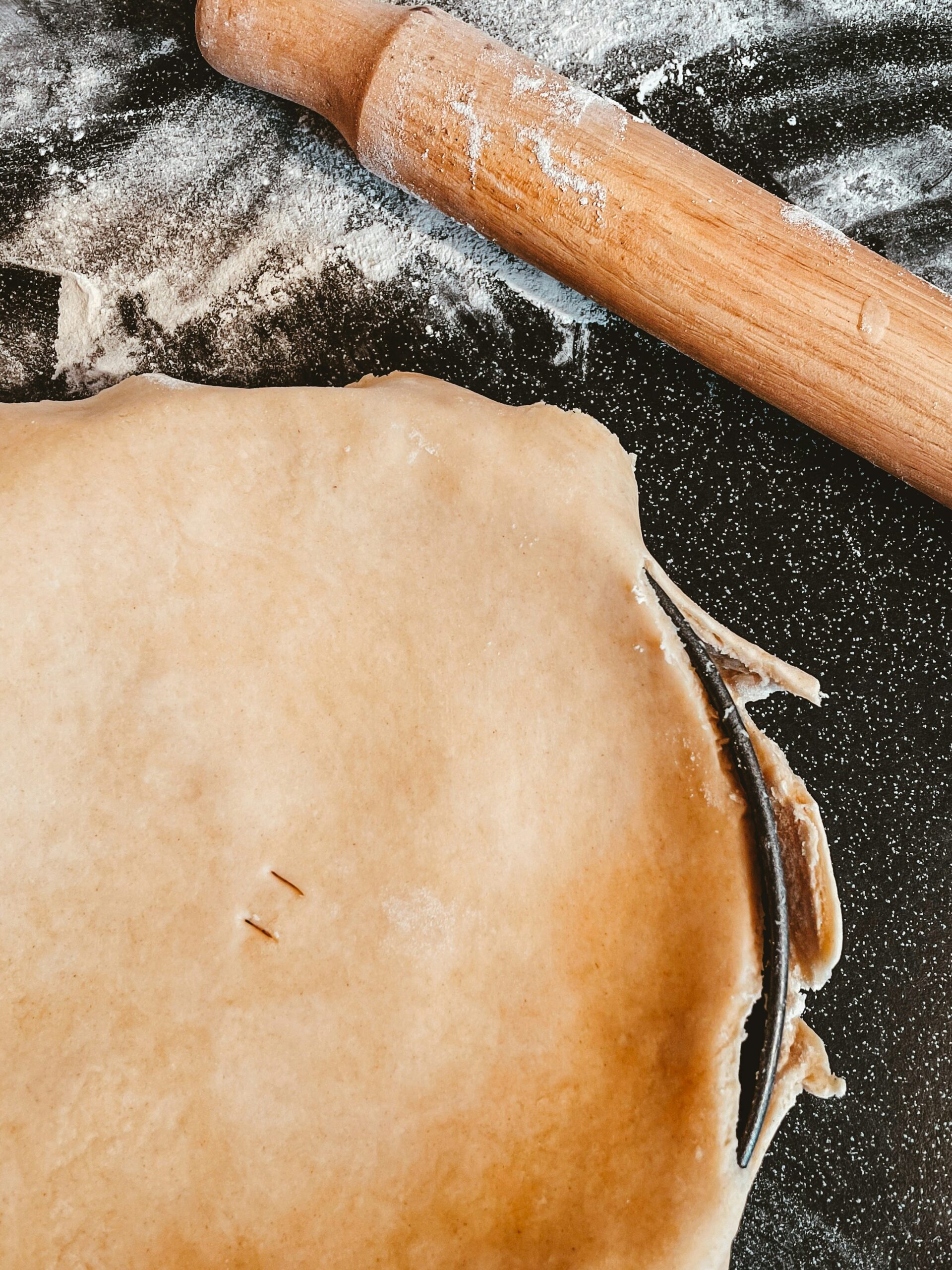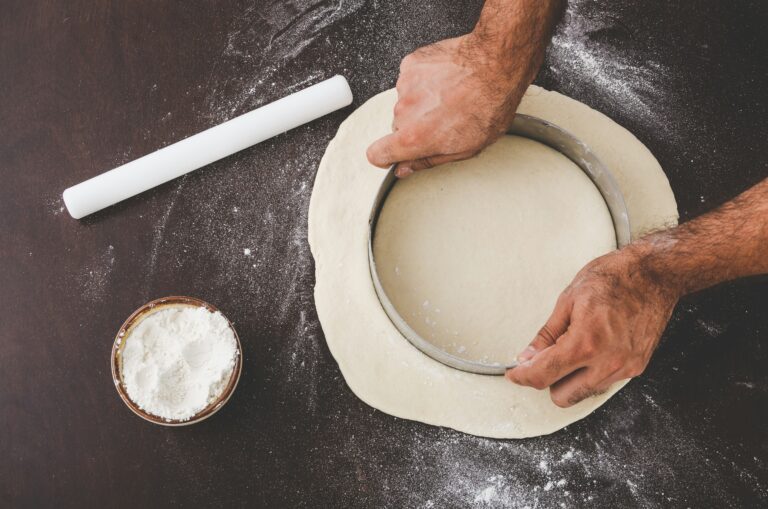Importance of Accurate Flour Measurement
Understanding the significance of precise flour measurement is fundamental in the realm of baking, where precision plays a vital role. The amount of flour used can significantly impact the texture, structure, and overall outcome of your baked goods. Both excess and insufficient flour can lead to undesirable results, making accurate measurement essential for achieving baking success.
Why Measuring Flour Matters in Baking
Measuring flour accurately is crucial to maintain the balance of ingredients in a recipe. Flour serves as the foundation of many baked goods, providing structure and stability. Using too much flour can result in dense, dry, or crumbly products, while too little flour can yield flat, sunken, or undercooked treats.
Incorporating the right amount of flour ensures the proper consistency of the batter or dough, allowing it to rise evenly and create a desirable texture. Consistency in measuring not only impacts the final product’s appearance but also influences its taste and mouthfeel.
Impact of Incorrect Flour Measurement
The repercussions of inaccurate flour measurement can be detrimental to your baked creations. Overestimating or underestimating the amount of flour can lead to various baking mishaps, including:
- Texture Issues: Incorrect flour measurement can result in baked goods that are too dense, crumbly, gummy, or dry.
- Structural Problems: Inadequate flour can cause cakes, cookies, and bread to collapse or fail to rise properly.
- Flavor Alterations: Imbalanced flour proportions can affect the taste of your baked goods, making them overly bland or overly strong in flavor.
- Consistency Concerns: Inaccurate flour measurement can impact the consistency of the batter or dough, affecting the overall bake.
To avoid these pitfalls, it’s essential to carefully measure flour using the appropriate technique. Whether employing the spoon & level method or the dip & sweep method, precise flour measurement sets the stage for baking success. For more insights on cooking measurements and equivalents, refer to our detailed guide on cooking measurement equivalents.
Methods for Measuring Flour
When it comes to baking, achieving precise measurements, especially when it comes to flour, is essential for the success of your baked goods. There are two commonly used methods for measuring flour accurately: the Spoon & Level method and the Dip & Sweep method.
Spoon & Level Method
The Spoon & Level method is the recommended technique for measuring flour to ensure accuracy and prevent compacting. Here’s how you can use the Spoon & Level method:
- Use a spoon to lightly scoop flour from the container into the measuring cup, allowing it to mound above the rim.
- Hold the measuring cup over the flour container and use the back of a knife or spatula to level off the excess flour, creating a flat surface.
Using the Spoon & Level method helps maintain a consistent flour measurement by preventing it from being packed densely into the cup. This technique is particularly crucial for recipes that require precise flour quantities to achieve the desired texture and consistency in the final product.
Dip & Sweep Method
The Dip & Sweep method involves dipping the measuring cup directly into the flour container to scoop out the desired amount. Here’s how you can utilize the Dip & Sweep method:
- Dip the measuring cup into the flour container and scoop out the flour, allowing it to overflow slightly above the rim.
- Use a flat edge, like the back of a knife, to sweep across the top of the cup, leveling off the excess flour.
While the Dip & Sweep method is quicker than the Spoon & Level method, there is a higher likelihood of packing the flour into the cup, leading to an inaccurate measurement. This technique can result in using more flour than needed, potentially affecting the texture and moisture content of your baked goods.
By understanding and applying the proper flour measuring techniques, you can enhance the consistency and quality of your baked creations. Whether you opt for the precision of the Spoon & Level method or the convenience of the Dip & Sweep method, choosing the right approach will contribute to the success of your baking endeavors. For more insights on accurate baking measurements and equivalents, refer to our article on cooking measurement equivalents.





